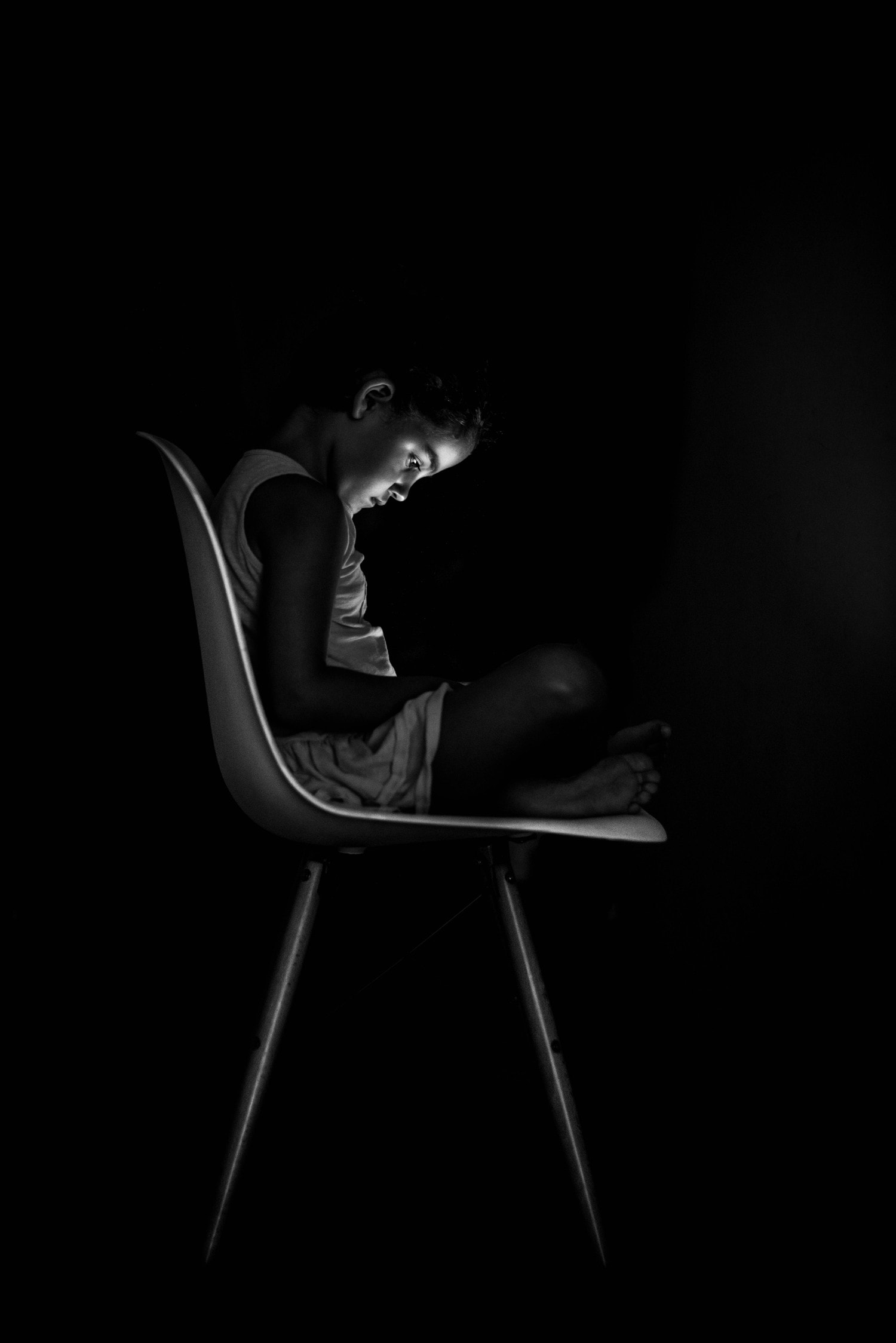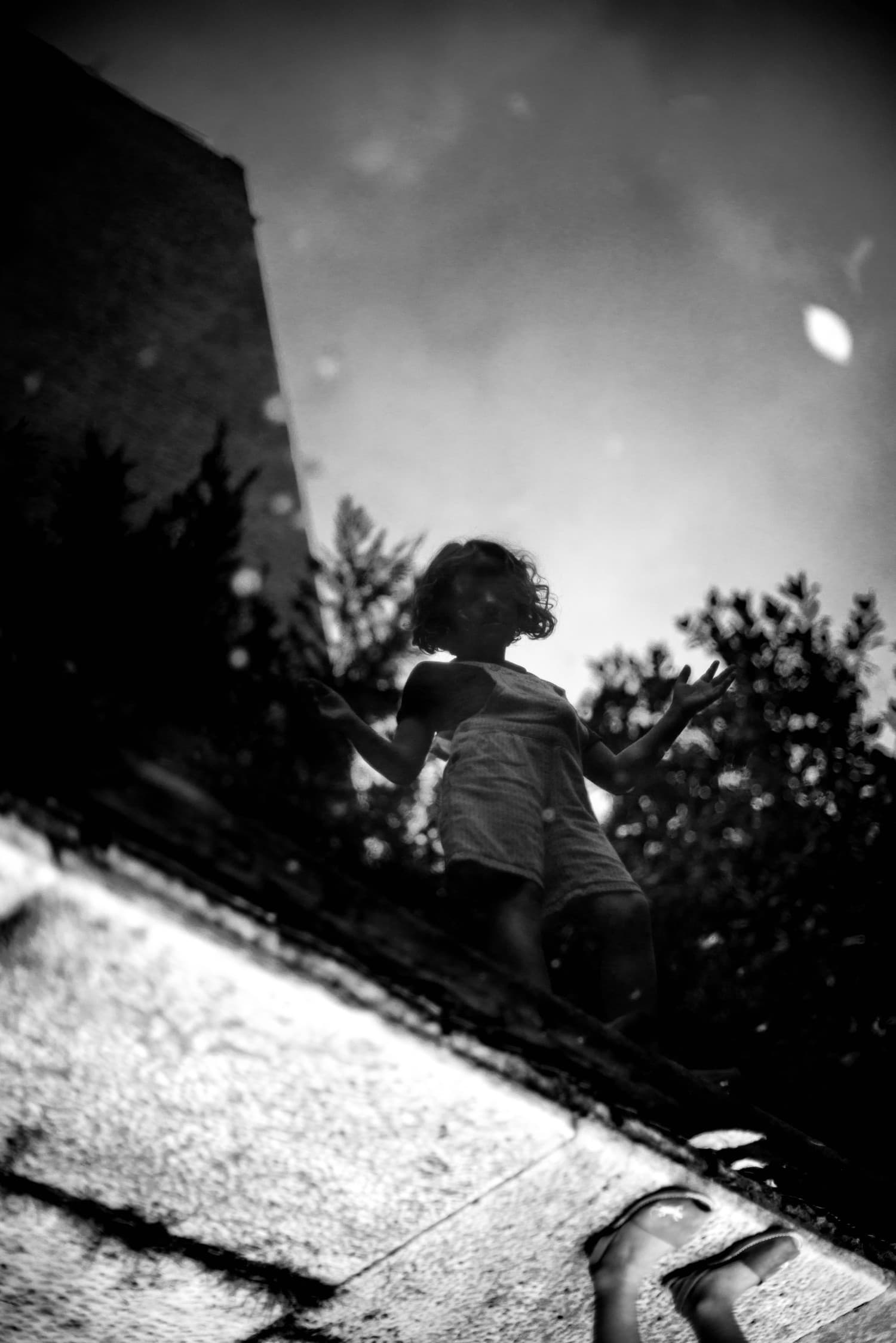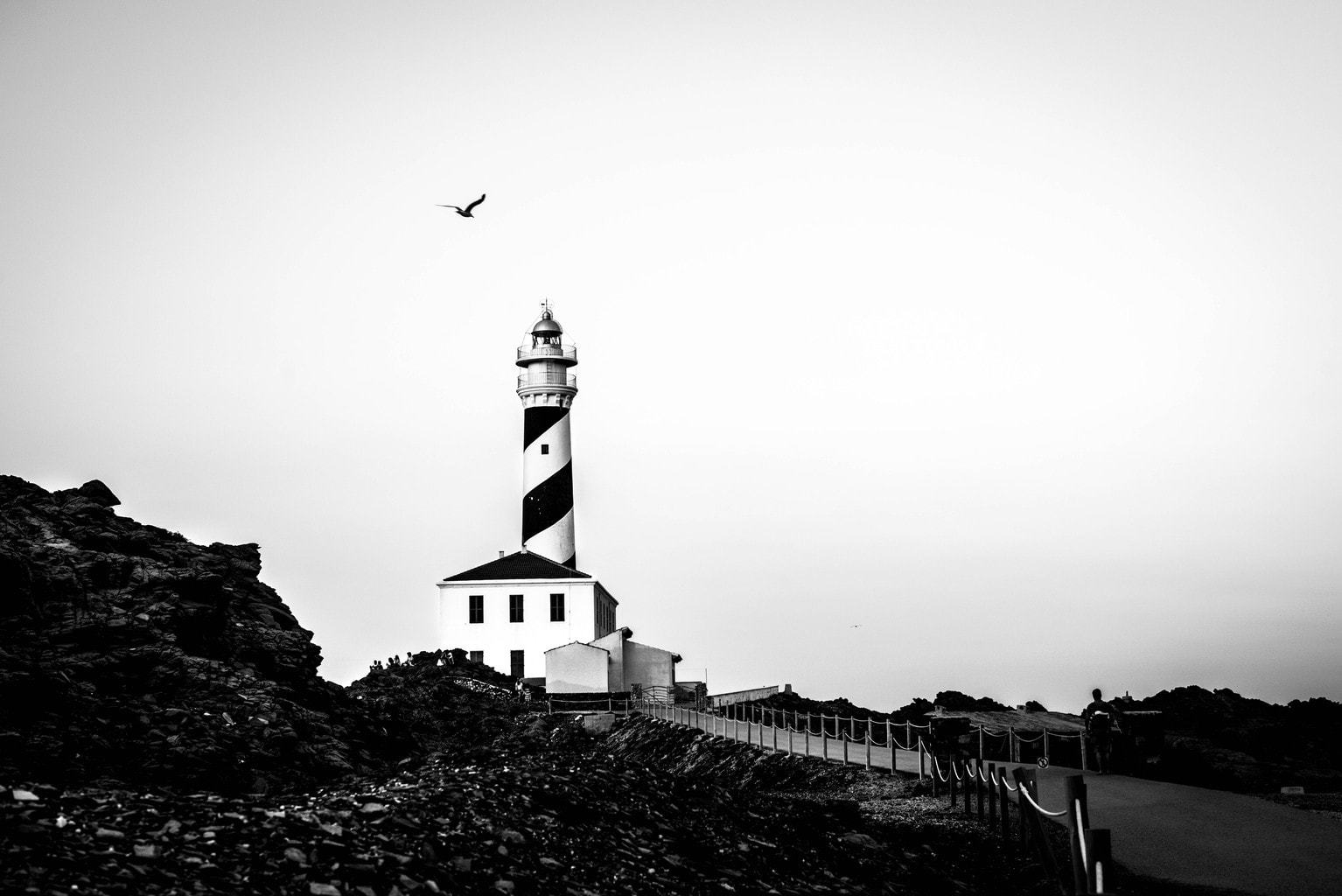Anyone who knows me even a little knows that I have a soft spot for black and white, so I guess it made sense for me to try to unravel the secrets and mysteries of black and white photography in 100 quick tips, as we have done. in recent weeks with 100 Quick Tips for Shooting Landscapes , 100 Tips for Shooting Babies and Children , and 100 Quick Tips for Achieving (Your Best) Portraits . Do you want to meet them? Read on then ;-). But first, if you want to delve deeper into black and white photography, be sure to stop by our mega guide where you will find all the information expanded with more tips and tricks.
- Learn to think in black and white .
- Forget the color and focus on the lights and shadows ,
- in the way,
- in the composition ...
- and above all in emotion , black and white is pure emotion.
- Think before you shoot, is this scene a good candidate for black and white photography?
- If you don't get it, set your camera to monochrome to see how the image will look.
- But make sure that the final image is in RAW ,
- or, failing that, in color , so you will keep much more information and quality to retouch the image to your liking and get your own adjustments.
- Look for inspiration in black and white and soak up black and white images.
- Learn to translate color into grayscale , it will help you preview the image.
Learn to translate color to grayscale - Less is more. Simplify your framing, it will help you work on the composition and focus interest.
- Work the lines .
- Diagonal lines : they are lines with a lot of tension and visual force and they create very interesting perspectives, they completely break the schemes of your gaze and, consequently, make them stand out more than the rest.
- Horizontal lines : we usually associate horizontal lines with tranquility, peace and stillness . You can use them as a formal element in itself to divide or organize your image from them.
- Curved lines: they are the ones most associated with movement , they are fluid, soft, sensual and elegant, and allow you to 'walk' your gaze slowly around the frame.
- Vanishing point : is the place where two or more parallel lines (real or imaginary) converge towards infinity in an image. Vanishing points add a sense of depth and three-dimensionality to the image.
- Remember the rule of odds (the magic of the number 3) which attracts interest naturally.
- Break the rules of composition when necessary ?
- Work and know the light .
- The shadows give a lot of play in black and white.
- Just like the backlights .
- Play with the visual rhythm through the repetition of patterns.
- But do not forget to break it from time to time to increase the interest of the image.
- Photography at any time of day and with any light, since each moment brings different sensations and effects.
- During the central hours of the day you will have high contrast images .
- During sunrises and sunsets , the light will be softer and more diffuse and you will have less contrast.
- Be that as it may, remember that contrast is key in black and white, as it allows us to highlight elements and focus interest .
- Experiment with techniques such as high key photography .
- And of course also with the low key.
Experiment with low key @alexadeblois 
- Work the abstraction of the form.
- The textures are a compositional element more than in monochrome, it takes on special importance since there are no colors to work with.
- Try stones, wood (trunks, doors...), or iron.
- Remember that the side light is what enhances the textures.
- Add a human element to heighten interest.
- Turn on your camera's histogram to check the highlights at the ends of the graph and make sure you don't have burned or underexposed areas.
- Remember that the left part corresponds to the shadows and the right part to the lights .
- In black and white it is more difficult to recover the shadows than the lights, do not underexpose .
- As long as they exist in the original scene, make sure your image has pure white and pure black , as well as intermediate shades of gray, to ensure good tonal variety.
- Meteorological phenomena are a unique opportunity for black and white photography due to the emotion they convey and the originality of images that you can achieve.
- The fog is very suggestive in black and white. Light is scattered, contrast is reduced and evokes mystery.
- The rain also offers a multitude of opportunities: drops, puddles, umbrellas...
- Cloudy days are much more photogenic in black and white than in color, don't miss them ?
- Landscapes can be great protagonists of black and white.

Black and white landscapes @alexadeblois - Take advantage of natural frames in your compositions.
- Play with long exposure in black and white…
- With lights, water (silky water effect), stars and even clouds .
- Pay attention to the details around you.
- Look for themes that work well in monochrome:
- the everyday,
- the childhood,
- old age,
- the documentary,
- streetphotography,
- The portraits,

Black and white portraits @alexadeblois - architecture and its lines.
- Practice with macro photography .
- And if the budget does not give you, turn the objective around ;-).
- Take care of the center of interest , make sure that the eye does not get lost in the frame.
- Get closer and fill the frame .
- Apply the rule of thirds.
- Take advantage of black and white negative space – some inspiration here .
- Look for reflections , they give a lot of play:
- reflections in puddles on the floor, in glass, in mirrors...

Look for reflections @alexadeblois - The skies, with much better clouds, are much more interesting.
- Keep a low ISO , in black and white noise is more evident than in color.
- Or, if you prefer, increase the ISO and play with the noise.
- Add movement to the scene.
- Take care of the background, remember that color is not a decisive element, but what appears on it, the textures, etc.
- Learn to use color filters,
- Red Filter : Its opposite is cyan blue. So it lightens red and darkens blue (very useful for Black and White skies).
- Yellow filter : absorbs ultraviolet and blue light. They darken, like red, certain shades of blue, and are useful for lightening skin in portraits, since skin has a high degree of yellow.
- Orange Filter – Eliminates UV and blue light. It is mainly used to darken the green areas of the image (foliage).
- Green filter : darkens red and certain shades of blue and lightens green and certain shades of yellow, useful for bringing out the different greens in, for example, a landscape.
- A polarizer will help you eliminate reflections and darken the sky. They are very useful for landscapes.
- Play with geometry ; anything that is formal is a good candidate for monochrome photography.
- Bokeh is not something exclusive to color, practice it in black and white too.
- Practice smoke photography .

Smoke photography @alexadeblois - Don't forget the double exposure either .
- Scaling to convey the size of the elements is another resource that you can use in your monochrome images.
- Look for different and original points of view .
- Work the depth through the different planes of the image.
- If you take into account the emotion attached to black and white images, you can use it in your speech.
- Like timelessness, elegance, romanticism or nostalgia, among others.
- Try vignetting (darkening the margins), it helps to draw attention to the center of the image.
- Photograph everyday objects , set up a mini studio at home, play with homemade lights, reflections, shadows...
- Be original, look for different frames, vary the point of view, play with perspective, depth of field or abstract images.
Play with depth of field @alexadeblois - Dedicate a season of your life to it, that is, do not limit yourself to choosing an image in front of the computer to transform to black and white. Propose a time (1 month) where your entire photographic life is limited to black and white.
- Immersion and practice are the only way to learn.
- So work on all the disciplines and topics that you can think of…
- Because deep down, everything is susceptible to being photographed in black and white.
- Look for a topic that interests you and make a complete photographic series in black and white (flowers, windows, documentary, benches, pigeons, children, old people... whatever comes to your mind, anything goes).
- Learn to edit , it is essential to finish expressing your narrative.
learn to edit - In Lightroom :
- through desaturation, color by color desaturation, or automatic conversion to black and white. All the information here .
- In Photoshop :
- via channel mixer, desaturation, hue and saturation, grayscale, black and white mode, channel mixer, or gradient map. All the information here .
- Share your work on a social network or web, don't keep it just for yourself. You will learn a lot from others and others from you ;-).
- Find your style , get inspired but without copying.
- And above all, enjoy, enjoy and enjoy, because there are other things to have a bad time ;-).
Bfff that's it! What did you think? What do you think if you put them into practice right now and give us a few images of your creation, participating, for example, in inspiration? ? You give meaning to all our efforts, so thank you for reading this far, for sharing it if you find it interesting and, above all, for putting it into practice. Regards and until next time.


